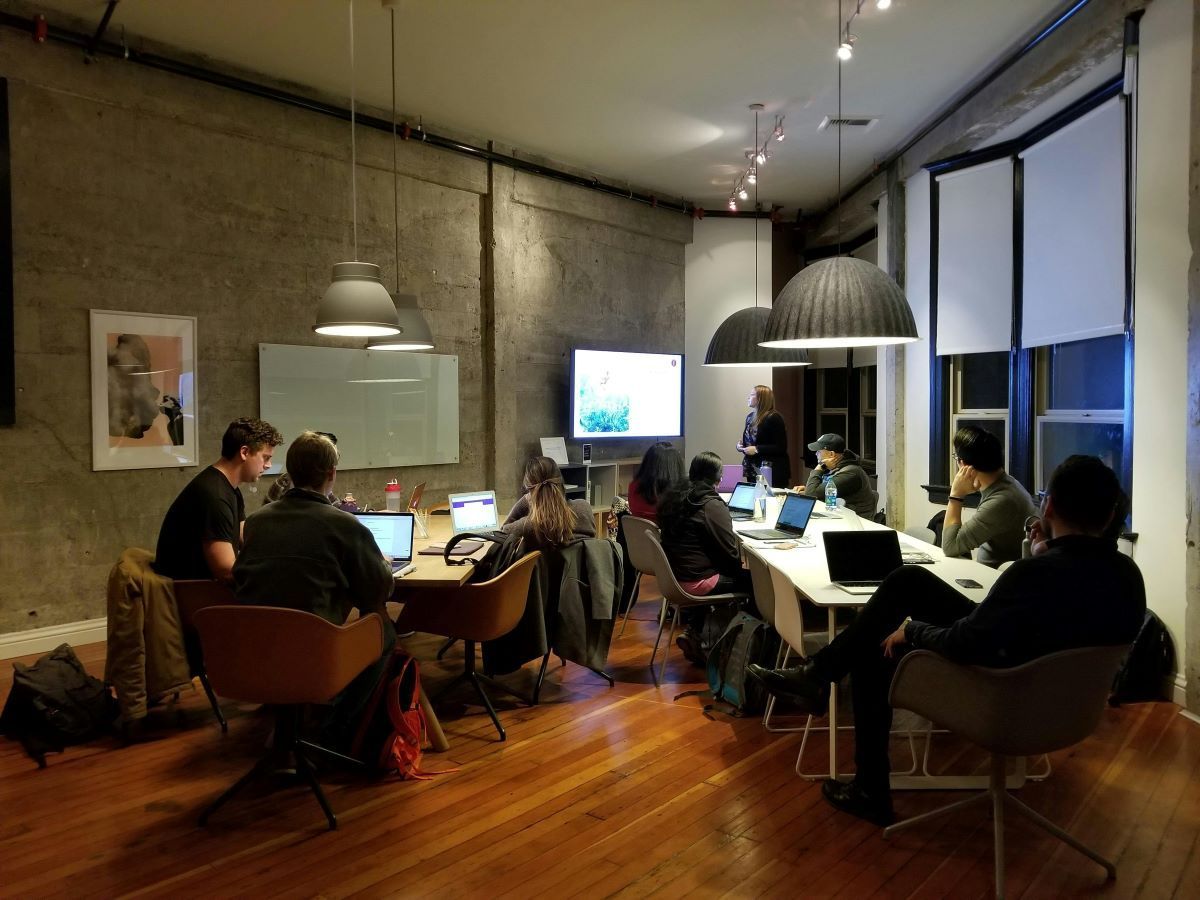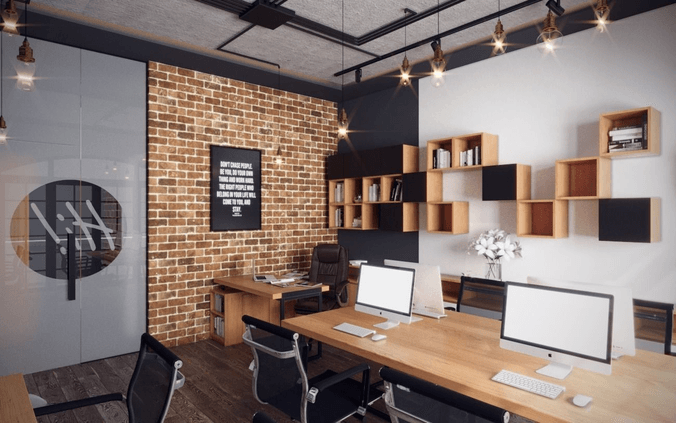Virtual Office Adaptation Simplifying Workflows During Commercial Moves
Discover effective strategies for virtual office adaptation during commercial moves and learn how to simplify your business workflows.

In the digital transformation era, virtual office adaptation is not just a trend but a necessity. As companies navigate the complexities of commercial moves, adapting their virtual office setups becomes vital for maintaining seamless workflow and operational efficiency. This change can be scary, but with the right approach, it can also offer opportunities for growth and innovation. This blog post aims to demystify the process, offering actionable insights and strategies for businesses to manage their business effectively during such changes. Let’s see how this adaptation can be a game-changer for your business during a commercial move.
What is Virtual Office Adaptation?
A virtual office transcends geographical boundaries, providing a flexible and dynamic workspace. But what exactly is virtual office adaptation? It involves adjusting and optimizing the digital workspace to align with changing business needs, especially during times of change like commercial moves. It ensures that communication, collaboration, and operational functionalities remain uninterrupted and efficient.
The evolution of virtual workspaces, driven by technological advancements, has made them more adaptable and resilient. By leveraging these advancements, businesses can reap benefits such as reduced overhead costs, increased productivity, and enhanced employee satisfaction, making virtual office adaptation a critical step in the modern business landscape.
Pre-Move Planning: Laying the Foundation
Strategic pre-move planning is the cornerstone of a successful change to a new workplace setup. It involves meticulously assessing your digital assets and identifying which elements are most critical to your business operations. Engaging different departments to understand their specific needs and challenges is crucial. A comprehensive virtual office move plan should encompass data migration, employee training schedules, and contingency plans for potential downtime.
In truth, partnering with a reputable moving company during this phase can be invaluable, as Excalibur-movers.com points out. Professional movers' experience in handling the logistics of moving can significantly alleviate the stress and complications associated with the physical aspects of the move.
Technology and Infrastructure: Ensuring Continuity
The role of technology and infrastructure in virtual office adaptation cannot be overstated. During a commercial move, it's good to maintain a robust IT infrastructure to avoid operational hiccups. That means ensuring that all essential software and hardware are up-to-date and fully functional. It's also an opportune time to reassess your technology stack – perhaps integrating more cloud-based solutions for greater flexibility and scalability.
Data backup and cyber security should be top priorities, as the risks associated with data loss or breaches can be significantly heightened during such big changes. A well-planned technological setup not only ensures continuity but can also enhance overall business performance.
Communication and Collaboration: Keeping Teams Connected
Maintaining effective communication and collaboration is a critical challenge during any commercial move. Virtual office environments rely heavily on digital communication tools, and ensuring their reliability during the transition is key. That might involve setting up redundant systems or having quick-access support for technical issues.
Encouraging open and frequent communication among team members can help mitigate feelings of disconnection or confusion. Drawing inspiration from businesses that have successfully navigated similar processes can provide valuable insights into maintaining a strong collaborative culture. Remember, the goal is to keep teams connected, engaged, and productive, regardless of physical location.
Workflow Management During the Move
Adapting and managing workflows effectively helps virtual office adaptation during a commercial move. It involves rethinking and realigning your processes to fit into the new virtual environment. Implementing robust project management tools can help track progress and ensure that all team members are aligned with their roles and responsibilities. This phase may also involve retraining employees to adapt to new tools or workflows.
Addressing common challenges such as communication gaps or deadline management requires a proactive approach and a willingness to embrace new methodologies. Successfully managing workflows in this context keeps the business running smoothly and sets the stage for future operational efficiency.
Employee Engagement and Support
The success of a virtual office transition largely depends on how well employees adapt to the change. Keeping employees engaged and supported during this time is important. That involves technical training and addressing any concerns or resistance they might have. Regular check-ins, virtual team-building activities, and clear communication about the changes can go a long way in maintaining morale.
Providing resources and support for employees to adapt to the new environment ensures a smoother transition and minimizes productivity loss. Engaged and supported employees are more likely to embrace change and contribute positively to the new virtual office setup.
Post-Move Evaluation and Adjustment
Once the move is complete, taking a step back and evaluating the new virtual office setup is important. That involves assessing whether the adapted environment meets the anticipated goals and identifying areas that require further improvement. Soliciting employee feedback can provide invaluable insights into how the virtual office functions and what can be done to enhance their experience.
Making necessary adjustments based on this feedback is key to ensuring that the office continues to evolve and meet the changing needs of the business. Focusing on continuous improvement can lead to long-term success and sustainability in the virtual office environment.
Conclusion
In conclusion, virtual office adaptation is a complex process and an opportunity to enhance business operations. By embracing the strategies and insights outlined in this blog post, businesses can navigate the complexities of moving. They can adapt their virtual offices to emerge even stronger and more resilient. The fact is that the future of work is increasingly digital. Only companies that adapt to these changes are the ones that will thrive in the competitive business landscape of tomorrow.










